“The context must always call the dogma into question”
Interview with Esther and Dimitrios Tsatsas by Gerrit Terstiege
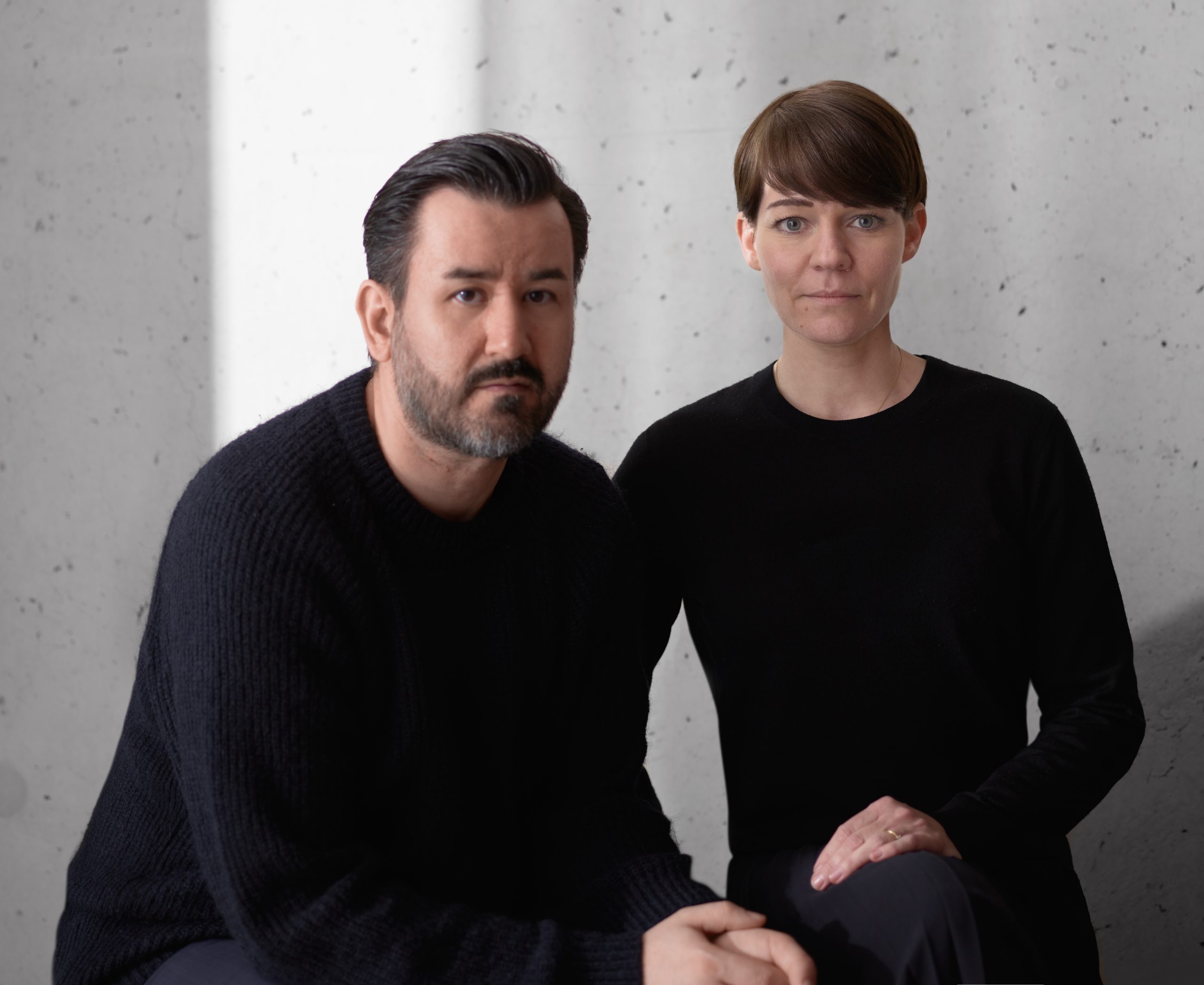
Simple, black clothing as a clear signal: Dimitrios and Esther Tsatsas, portrayed by their friend and colleague Gerhardt Kellermann.
© TSATSAS
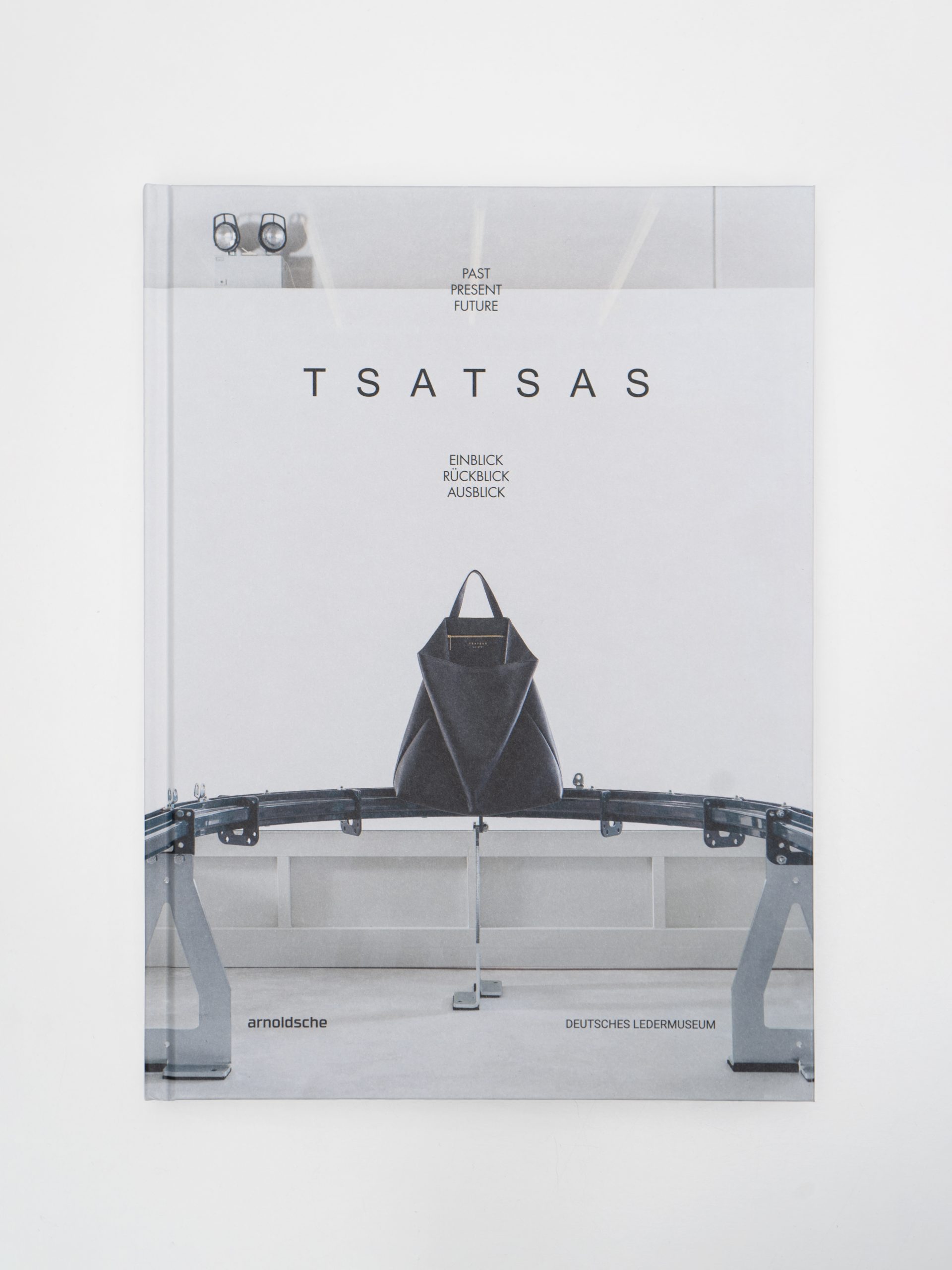
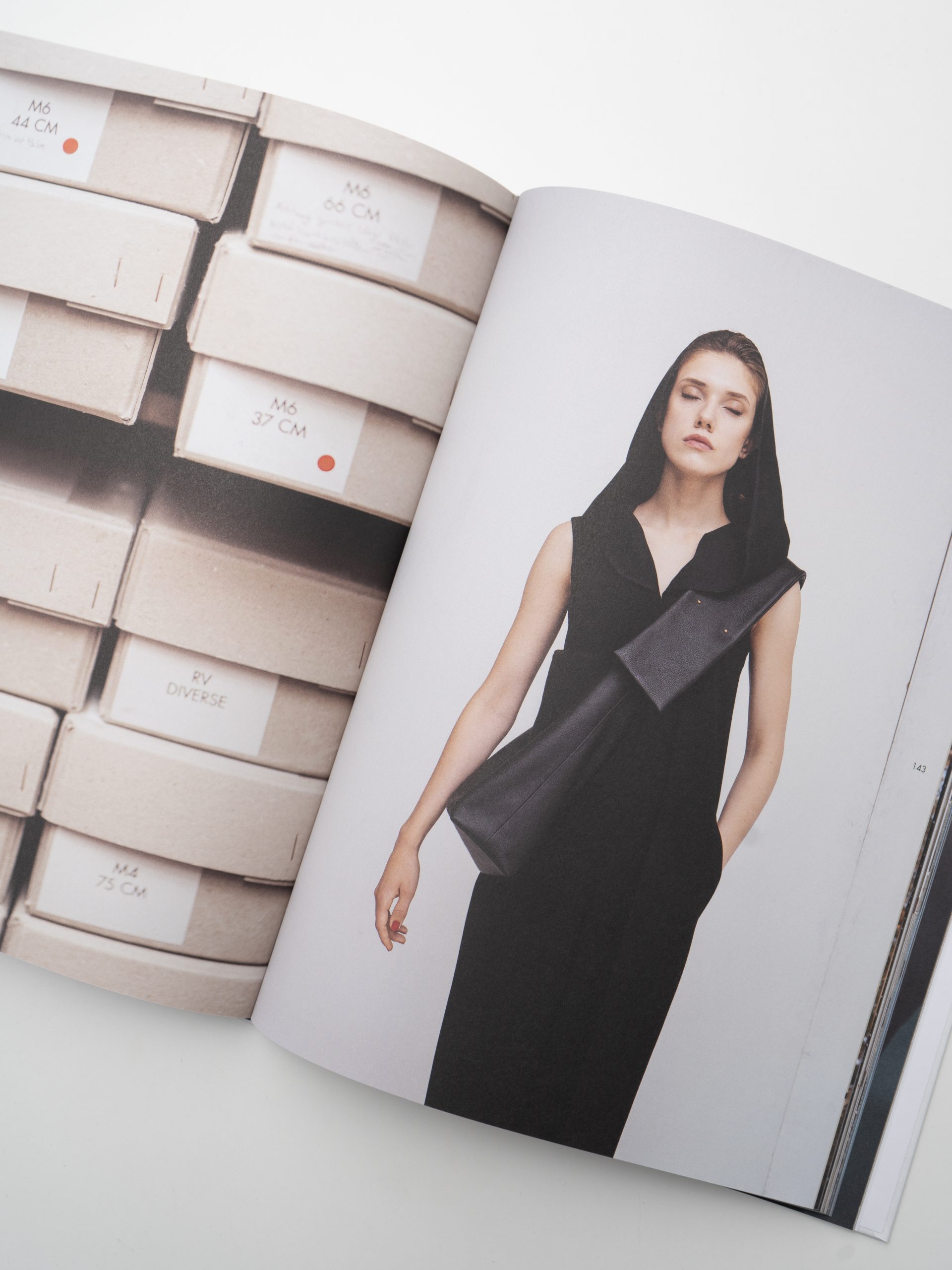
Catalog title and page of a publication by the German Leather Museum about TSATSAS, published in 2022 by Inez Florschütz on the occasion of an exhibition about the duo's bags and accessories. Photos: Dimitrios Tsatsas
© TSATSAS
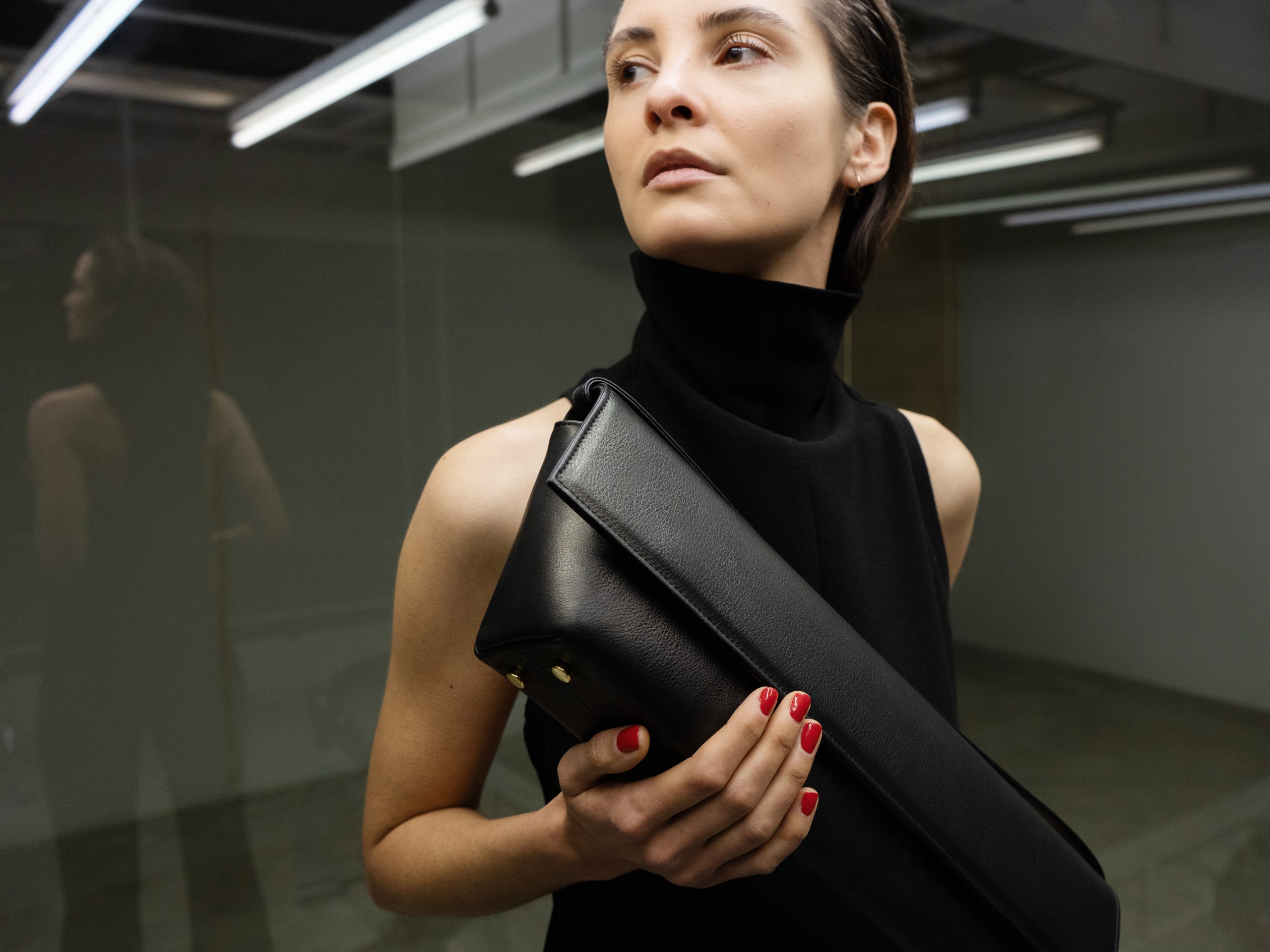
The striking photographic language that accompanies the products contributes strongly to the TSATSAS brand image.
Photo: Dimitrios Tsatsas
© TSATSAS
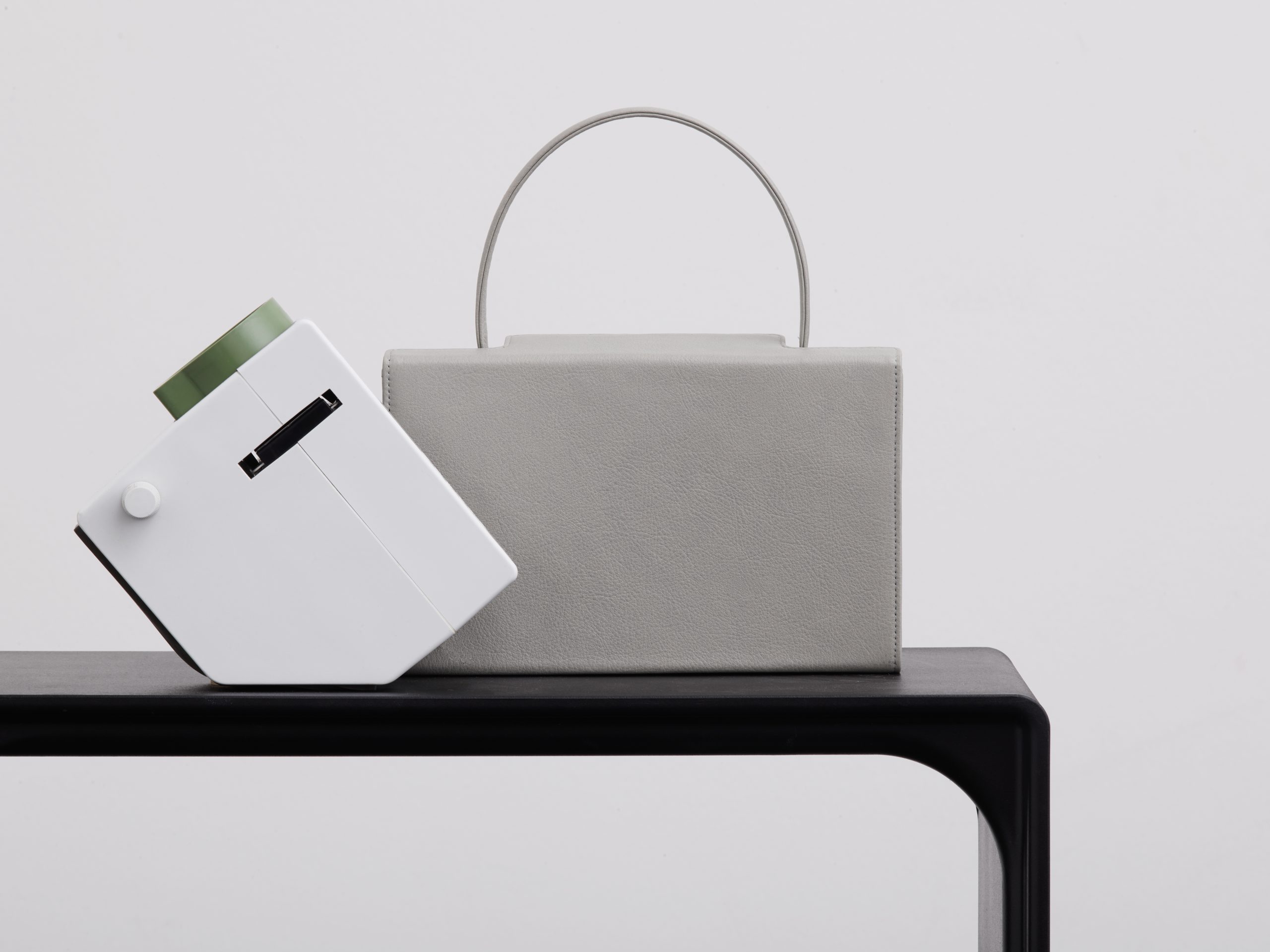
The 931 bag was originally a private design by Dieter Rams, intended as a “homage and declaration of love” (Rams quote) to his wife Ingeborg. It is not uncommon for TSATSAS to present the 931 together with Braun and Vitsœ products designed by Rams.
Photo: Gerhardt Kellermann
© TSATSAS
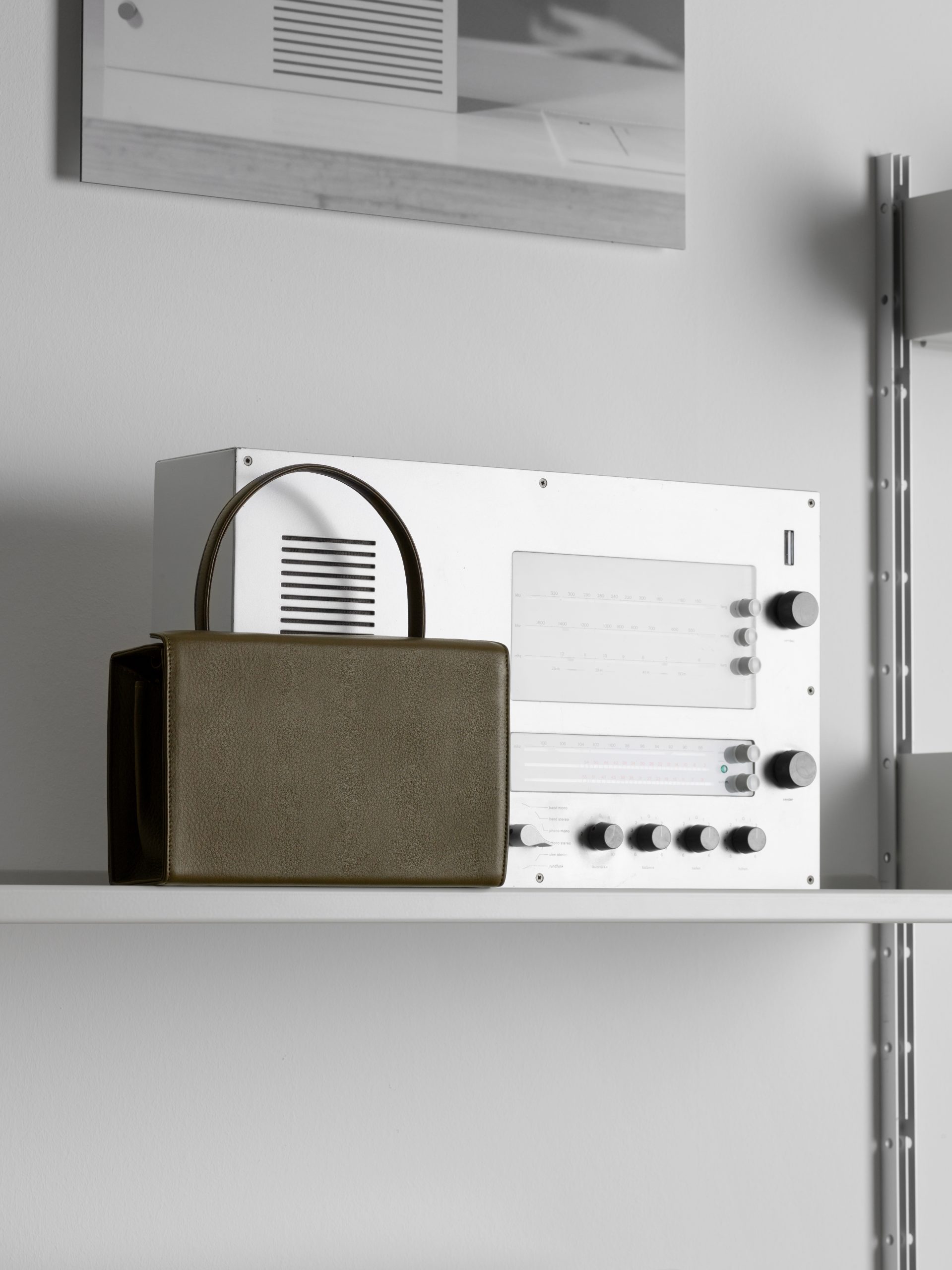
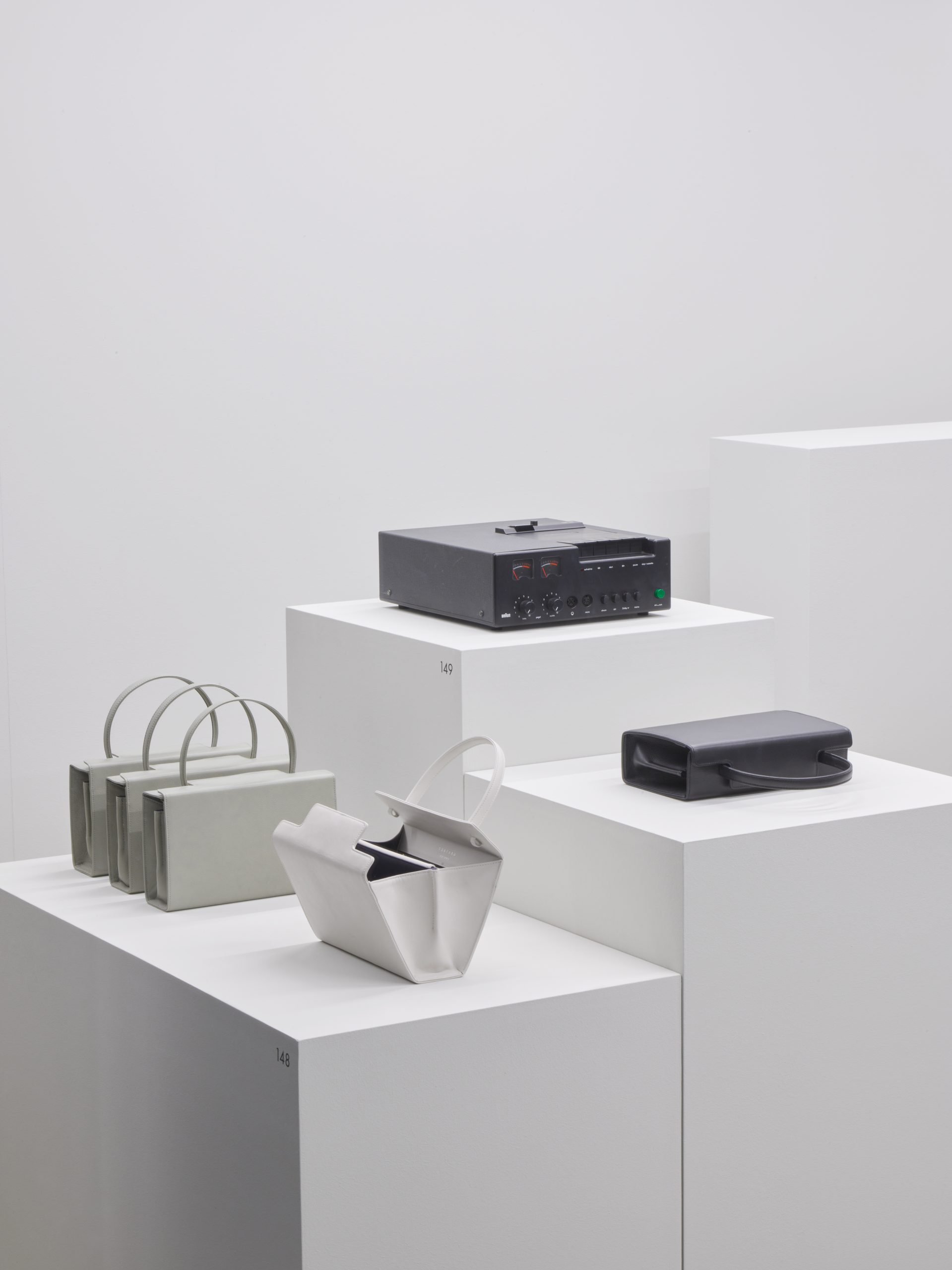
The women's handbag 931 fits convincingly alongside other Rams designs from the 1960s and 1970s.
Photo: Gerhardt Kellermann
© TSATSAS
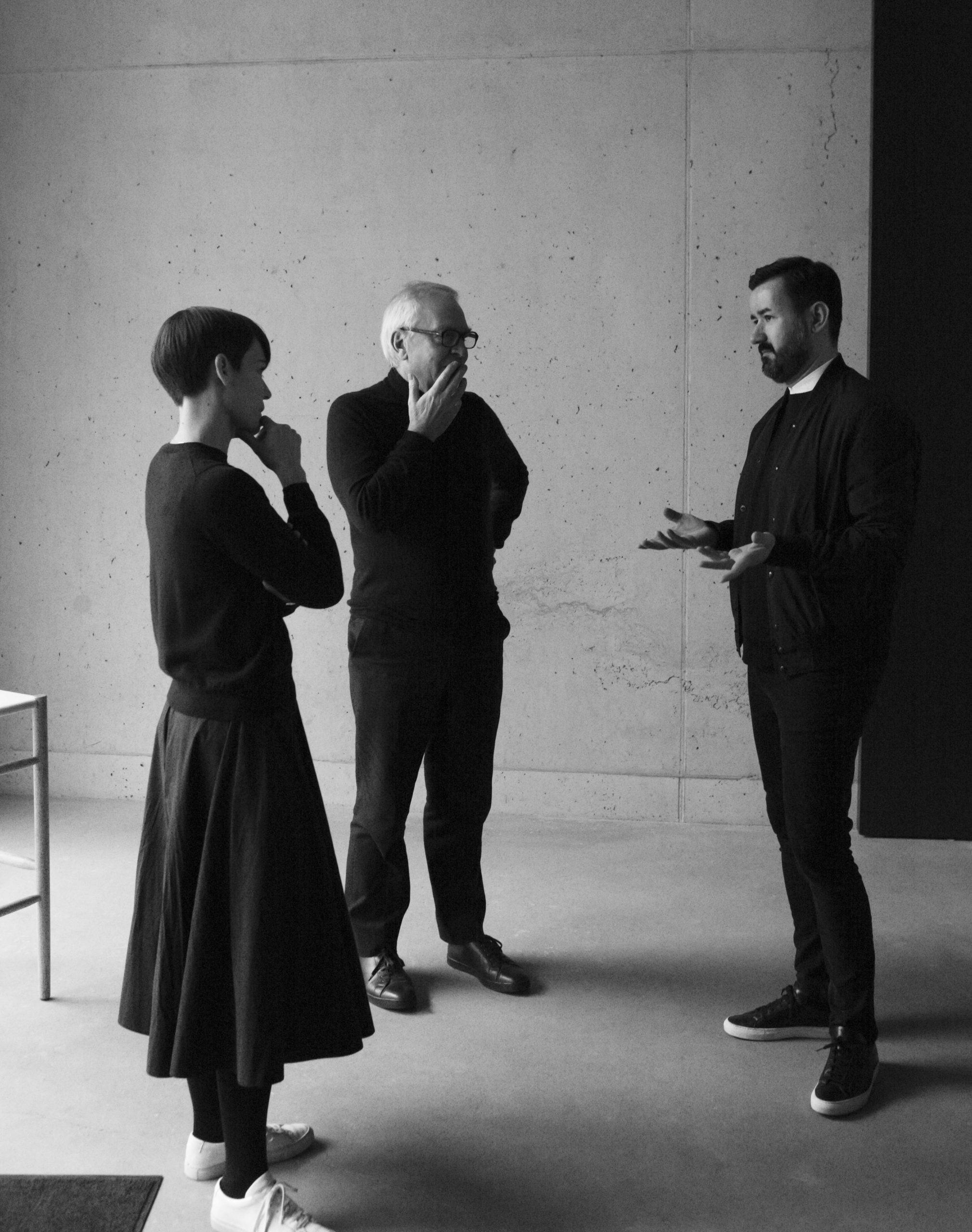
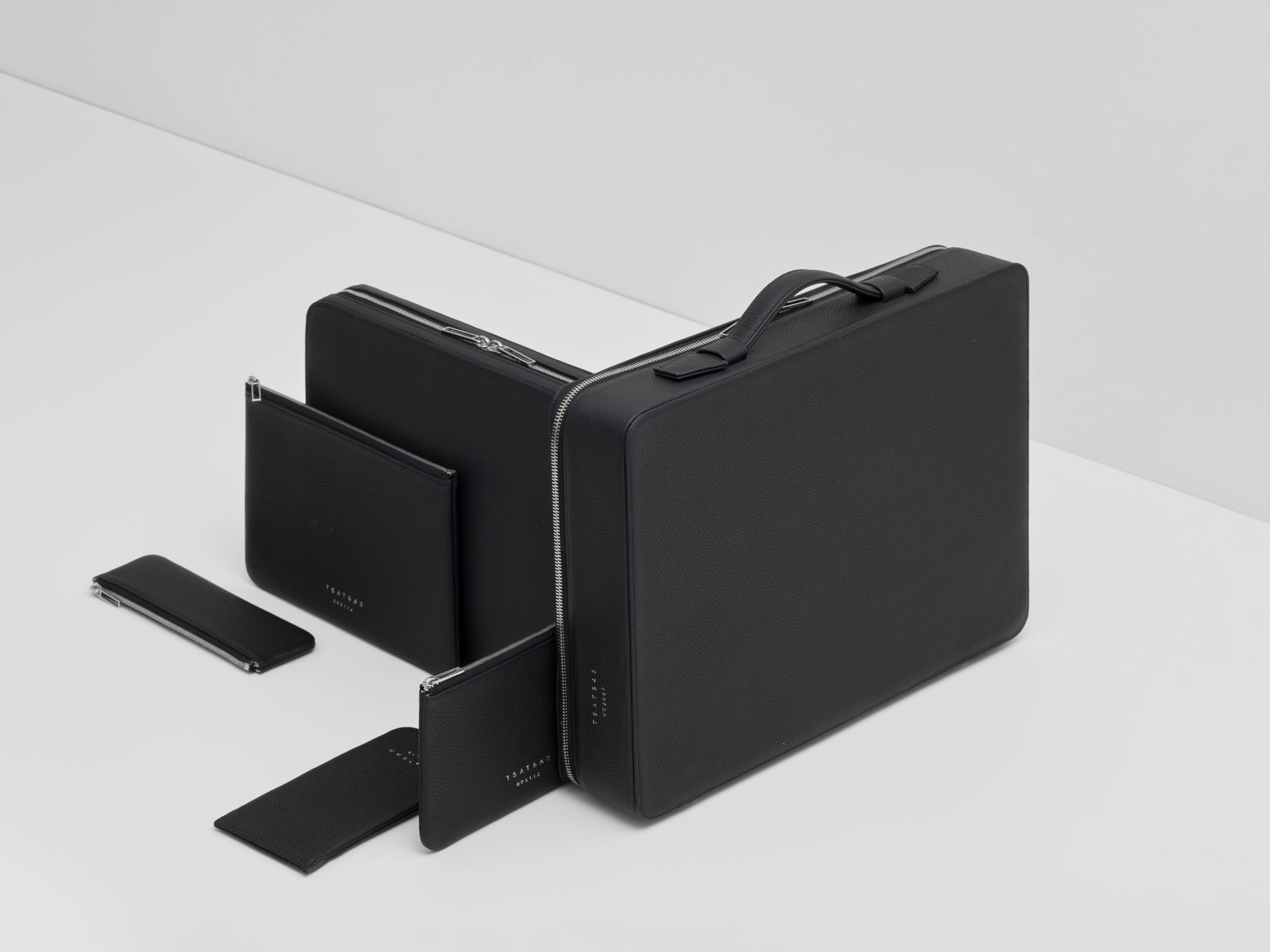
Esther and Dimitrios Tsatsas in conversation with the British architect David Chipperfield. Together with him they developed the SUIT-CASE and other related leather bags and accessories.
Product photo: Gerhardt Kellermann, group photo: Alexander Kilian, both:
© TSATSAS
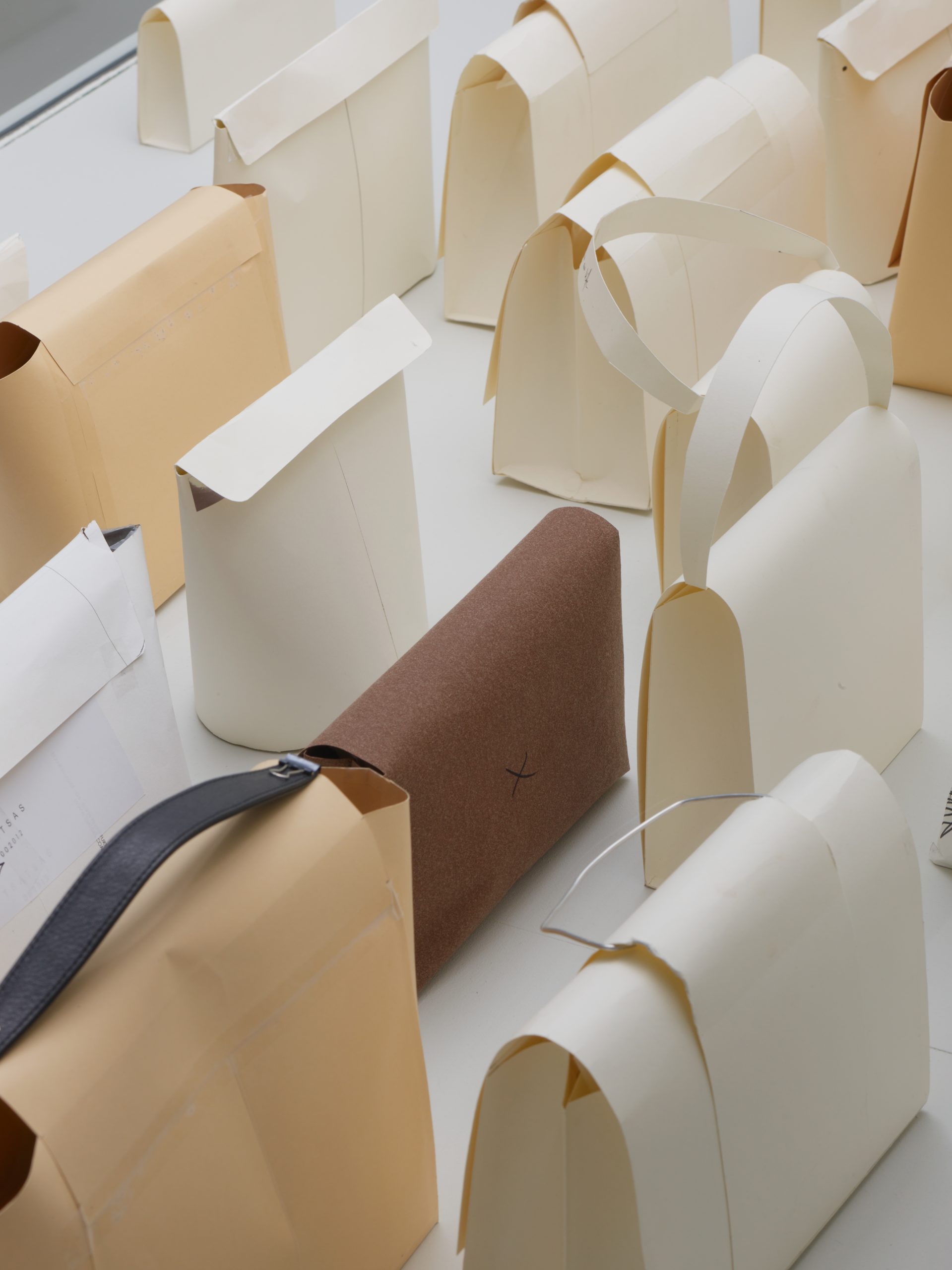
Designing bags is all about proportions, closure mechanisms and details. Esther and Dimitrios Tsatsas prefer paper and cardboard to quickly create their first models.
Photo: Gerhardt Kellermann
© TSATSAS
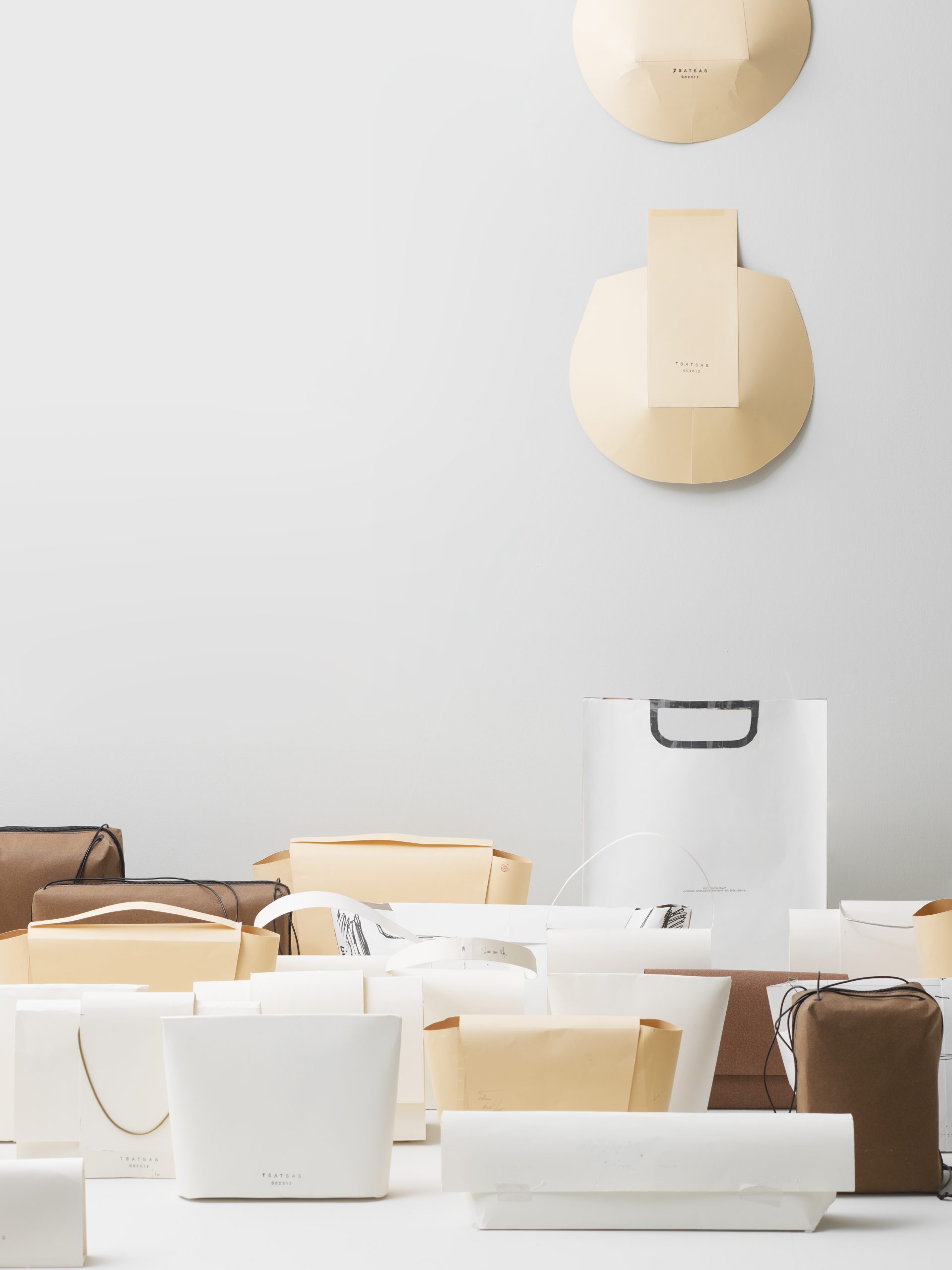
Bending, folding, gluing: Instead of digital renderings, the Frankfurt couple uses paper and cardboard to check the formal and functional coherence of their concepts.
Photo: Gerhardt Kellermann
© TSATSAS
More Contributions
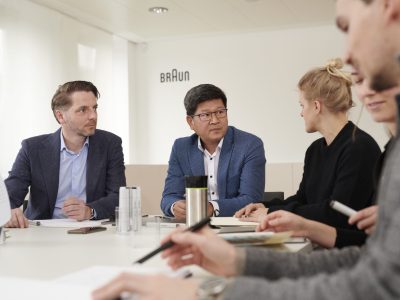
Duy Phong Vu and Markus Orthey
In our interview with entrepreneur Fabio De’Longhi, it became clear how important it is to him to maintain the Braun culture and tradition. Duy Phong Vu and Markus Orthey, two designers who have long been the shaping present-day version of Braun Household, while also developing it for the future, now share their thoughts.
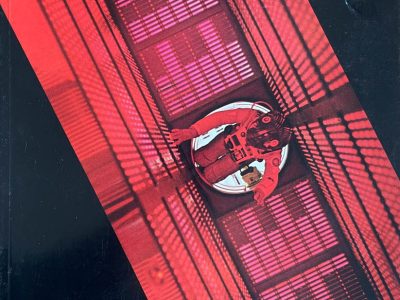
Jürgen Werner Braun
The achievements of the long-standing Managing Director Jürgen Werner Braun in terms of design in Germany in general and his commitment to the Franz Schneider Brakel company in particular continue to have an impact to this day. Here he talks about how design exhibitions can provide concrete impetus for the economy. And why, for him, Stanley Kubrick anticipated artificial intelligence.
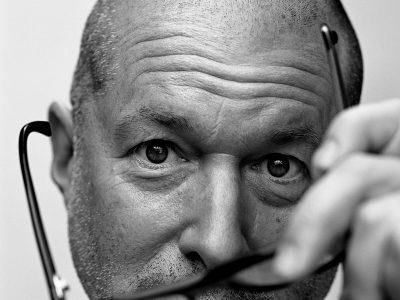
Jonathan Ive Interview
Numerous international designers have expressed how much Dieter Rams‘ work means to them. But the impact of what Jonathan Ive did through words and actions for the Braun design revival of the Rams era was and is immense and ensures a worldwide response—to this day. Time for an interview with the long-time Apple design chief.